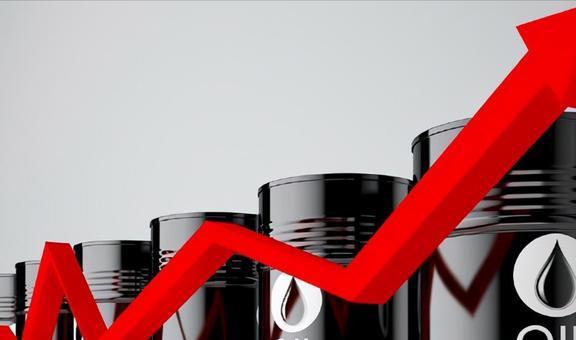**From Black Gold to Blazing Power: The Fiery Journey of Oil**
(How Does Oil Produce Energy)
Beneath the ground, a hidden treasure waits. It’s thick, sticky, and pitch-black. This treasure isn’t gold or jewels—it’s oil. For millions of years, ancient plants and tiny sea creatures were buried under layers of mud and rock. Heat and pressure worked like a slow-cooker, turning this organic soup into the oily sludge we drill for today. But how does this gooey stuff become the energy that lights cities and fuels cars? Let’s dig in.
First, we need to get the oil out. Companies use giant drills to bore deep into the earth, sometimes miles down. When a well strikes oil, pressure from underground forces it upward. Think of shaking a soda can and poking a hole—the liquid bursts out. But not all oil gushes freely. Some sticks stubbornly to rocks. To loosen it, workers pump water, steam, or chemicals underground. Once collected, the crude oil travels through pipelines or ships to refineries.
Now comes the magic trick. Crude oil is a messy mix of different hydrocarbons—molecules made of hydrogen and carbon. These molecules vary in size and shape. Refineries act like chefs, boiling the crude oil in towering towers. Heat separates the hydrocarbons based on their weight. Lighter molecules, like those in propane or gasoline, rise to the top. Heavier ones, like asphalt, sink to the bottom. This process, called distillation, turns the sludge into usable products.
Gasoline is the star player here. After distillation, it gets a chemical makeover. Engineers break down large molecules or reshape them to boost performance. This step, called cracking, ensures your car engine runs smoothly. Once ready, gasoline is shipped to gas stations, ready to power vehicles.
But how does gasoline become motion? Inside a car engine, fuel mixes with air in a chamber. A spark plug ignites the mix, causing a tiny explosion. This explosion pushes a piston, which turns the engine’s crankshaft. The crankshaft sends power to the wheels. Every time you hit the gas pedal, you’re setting off a chain of controlled fires.
Power plants work similarly but on a bigger scale. Oil is burned in massive furnaces to heat water, creating steam. The steam spins turbines connected to generators. As turbines whirl, magnets inside the generators spin past copper coils, creating electric current. This electricity zips through power lines to homes, schools, and factories.
Oil’s energy comes from its carbon bonds. Breaking these bonds releases heat. Burning oil is like unlocking a vault of stored sunlight—energy captured by plants eons ago. The process is fast and efficient, which is why oil still dominates global energy.
But there’s a catch. Burning oil spews carbon dioxide into the air, trapping heat in the atmosphere. This heats the planet, causing climate problems. Scientists race to find cleaner alternatives, but for now, oil remains a key player.
(How Does Oil Produce Energy)
From ancient swamps to gas tanks, oil’s journey is a mix of geology, chemistry, and engineering. Next time you fill your car, remember—you’re pouring in millions of years of natural history, all set ablaze to keep the world moving.
Inquiry us
if you want to want to know more, please feel free to contact us. (nanotrun@yahoo.com)




